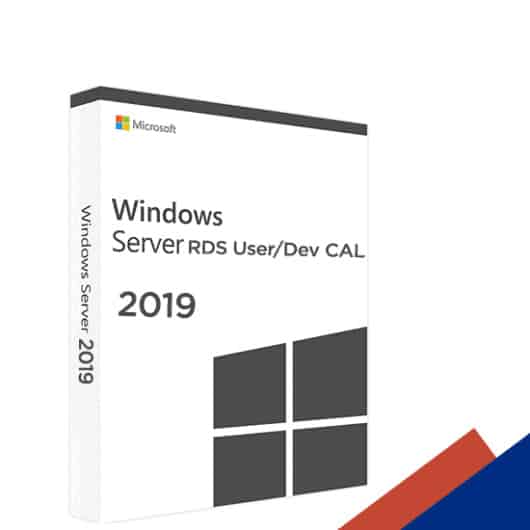
RDS USER CAL WINDOWS 7
This feature is accordingly required in VDI (Virtual Desktop Infrastructure) environments where Windows 7 or XP is used as the guest system.

The RD Virtualization Host hosts - as its name suggests - virtual desktops. The RD Virtualization Host is a specific role of Windows Server 2008 R2. Remote Desktop Virtualization Host (RDVH): They also offer additional functions or roles in the virtualization of desktops. The RDSH hosts server-session based desktops as well as RemoteApp programs and connects users during a session. Remote Desktop Session Host is the new name for terminal servers.
RDS USER CAL LICENSE
If an appropriate RDS CAL is available on a license server, the RDS CAL is issued to the client and the client can connect to the RD session host server and from there to the desktops or apps to be used. The RD session host server then requests an RDS Client Access License from the remote desktop license server. As soon as a user or device connects to the Remote Desktop License Server, a decision is made whether and which RDS-CAL is required and a connection is created to the RD session host server and then to the desktops or apps to be used.Īs soon as a user or end device connects to an RD session host server, it decides whether an RDS-CAL is required. This feature controls the license usage when providing Remote Desktop Services. In addition, the Remote Desktop Gateway is responsible for the transmission of data traffic and can also define various timeout properties, for example, if a user is not active for a long time. The RD Gateway establishes an encrypted SSL tunnel between the user's device and the RD Gateway server, authenticates the user in the environment and also defines what resources the user can access in a secure environment. The RD Gateway provides a fast and secure Internet connection between end-user virtual desktops or RemoteApp programs located outside the corporate firewall and the corporate network. The RD Connection Broker can then reconnect the user back to their original session. This means that running programs of the user are preserved even if the connection is lost. This element of RDS acts as a connection broker between each user with a remote desktop and the respective server in your company. With the central components of Remote Desktop Services, you can not only set up and maintain standardized workstations for your employees and create secure connections, but also manage your CALs - a not insignificant feature that is often overlooked. The most important functions of Microsoft RDS 2019 at a glance The spectrum of possible applications for Remote Desktop Services is thus continually expanding, and the changing requirements of the modern working world are thus taken into account.

The Windows session is virtualized by means of RemoteApp and can be executed by any authorized user or end device.ĭepending on the Windows RDS version used in the company, it contains or is supplemented with various scenarios and technologies. They represent a virtualization platform with which completely different application scenarios can be mapped. Windows Remote Desktop Services 2019 is based on a version of Windows Server. Users then access it via CAL (Client Access License) from any computer - whether at the workplace or in the home office.
RDS USER CAL SOFTWARE
the software for all programs used at the workstations only needs to be installed once, centrally.

The RDS 2019 is a centralized desktop and application platform, i.e. and your acquisition costs are reduced considerably.Ĭurrently we offer the following Microsoft Remote Desktop Service 2019 version - either as user or device license: Advantages of Remote Desktop Services 2019 from Windows So you do not have to change to the - often more expensive - current RDS version in the future. With an RDS bundle from Wiresoft you save additional money! While Microsoft usually only offers the very latest version of Remote Desktop Services, Wiresoft gives you the opportunity to add your existing licenses to your 2019 version of RDS.


 0 kommentar(er)
0 kommentar(er)
